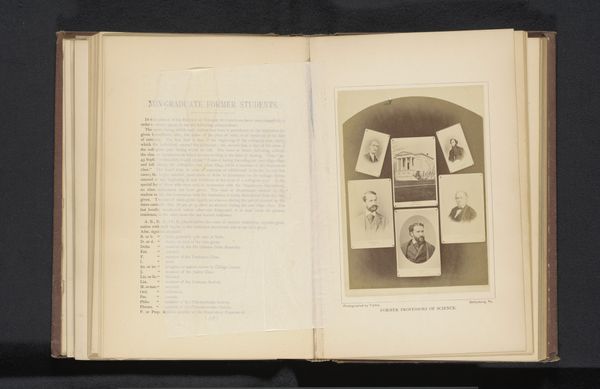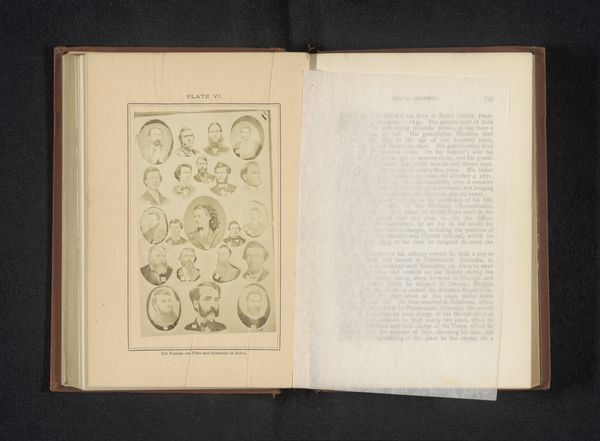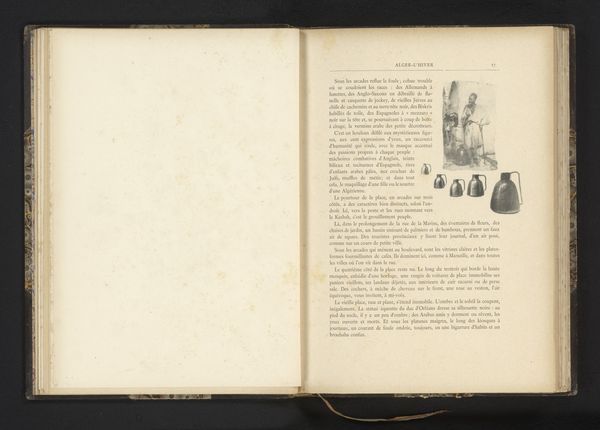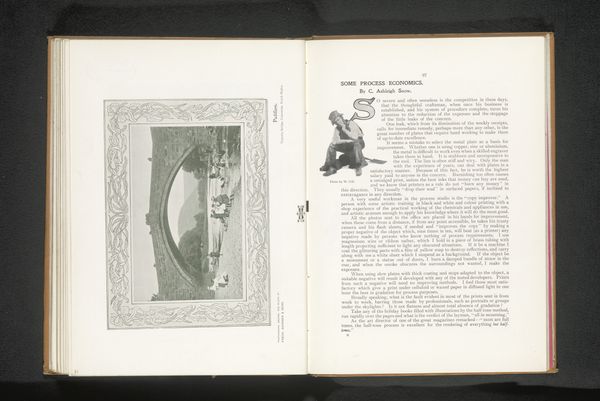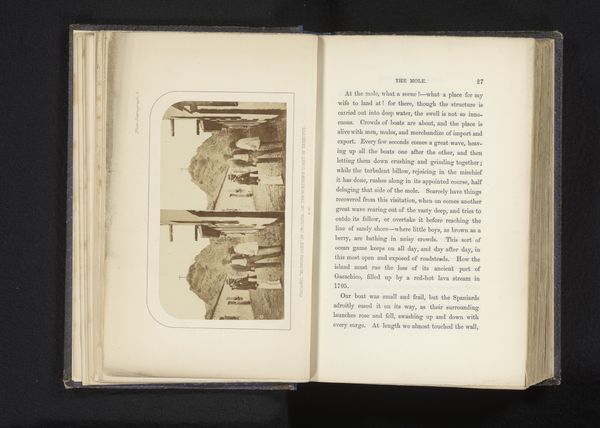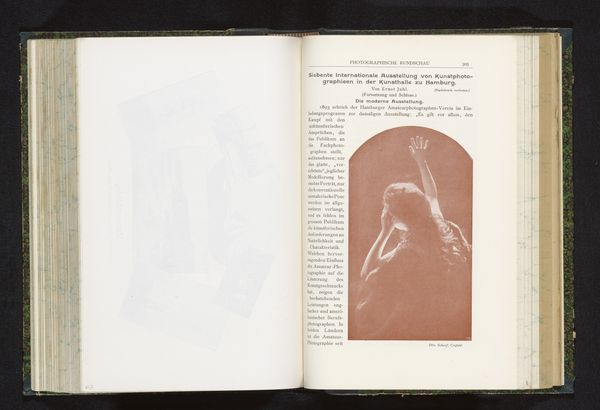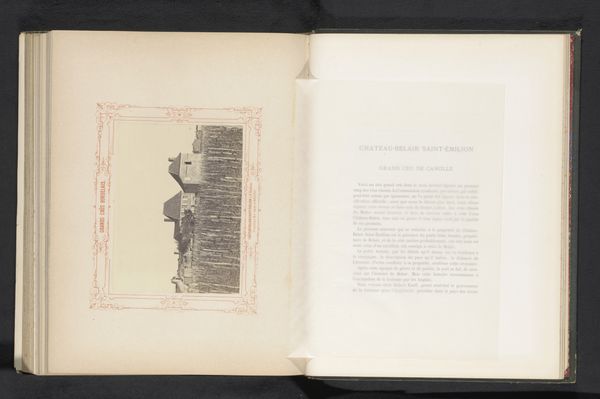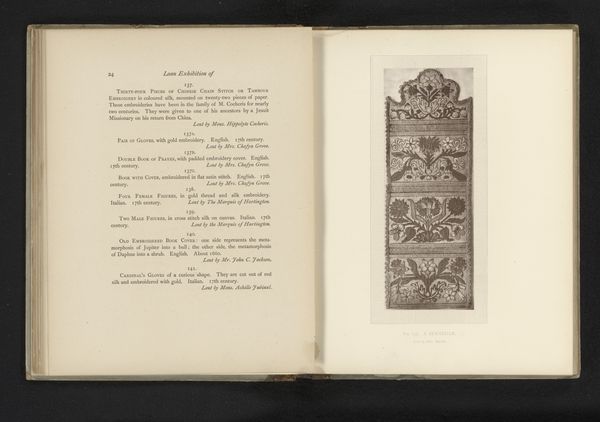
print, photography, gelatin-silver-print
#
portrait
# print
#
photography
#
gelatin-silver-print
Dimensions: height 153 mm, width 108 mm
Copyright: Rijks Museum: Open Domain
Curator: This image features a gelatin-silver print titled "Zes portretten van leden van het Phi-Gamma-Delta corps" by William H. Tipton, dating from before 1882. It’s found within an opened book. Editor: Immediately, the layout grabs me. The careful arrangement of portraits around a central emblem suggests a powerful collective identity, meticulously presented through labor and the photographic printing process. Curator: Note the interplay of shapes and tones, editor. The formal arrangements of the six oval portraits contrasting against the more rigid crest in the very center invites careful semiotic decoding. Editor: Agreed. There’s a visible investment here – both in the posed composure of the figures, the manufacturing process of gelatin silver, and the fraternity's visual statement. Consider the societal expectation surrounding photography as an increasingly available, relatively egalitarian form of representation – but then this fraternity uses it to distinguish, even elevate, its members through display in book format. Curator: And the contrast of light and shadow—Tipton skillfully uses chiaroscuro to give dimension to the subjects, lending them a certain dignity and status, even against the limitations of reproduction within print culture. We might see these elements of dark and light as metaphors for the aspirations of the fraternity members. Editor: Yes, there is certainly an attention to lighting; however, to my eyes the material choice emphasizes democratization, at least in production of multiple identical images that potentially circulated to members for individual use or in an album of this kind. It speaks to the wider social contexts. How was labor divided, by Tipton, or by his employees for example, and how were they remunerated? Who would purchase this, for what purpose? Curator: Such points open many avenues for exploration. And while your perspective prioritizes production and consumption, examining the form enables a discourse concerning symbolism, aesthetics, and representation within the structure of the artwork itself. Editor: Perhaps these approaches need not exist independently. One way to study these individuals from 1882 is, precisely, through their conscious presentation and available materials within shifting economies, technological possibilities, and developing social hierarchies. This in turn frames questions about form and representation more expansively, allowing us to assess power and its representation in dynamic, connected ways. Curator: Well, I am left to appreciate the photograph and the arguments presented today with fresh eyes. Thank you. Editor: And thank you for that additional framing for this image’s materiality and possible contextual importance.
Comments
No comments
Be the first to comment and join the conversation on the ultimate creative platform.
